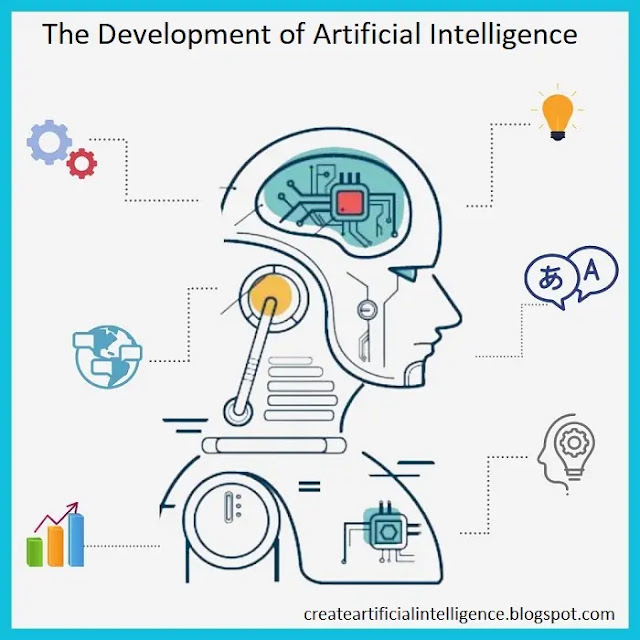The Development of Artificial Intelligence – Why We Need to Be Careful
The Development of Artificial Intelligence: What We Know So Far
How long has AI development been in the works? Artificial intelligence, or AI, has long been heralded as one of the most revolutionary developments of the 21st century. You’ve probably heard of the term before – perhaps you even remember how futuristic it sounded when you first heard it in movies and television shows! But what exactly is AI? Where did it come from? And where will it go? Join us to learn more about the development of artificial intelligence!
Machine Learning & Deep Learning
Machine learning is the application of algorithms to allow machines to learn rather than follow explicit instructions. There are two main branches, supervised learning and unsupervised learning. Supervised learning is a form of machine learning that provides feedback on the accuracy of predictions by comparing them with known results. Unsupervised learning focuses on predicting an output variable when given input variables, meaning it can determine patterns in data without explicit instructions on what type to find. It does this by analyzing relationships between different inputs to produce an accurate prediction. One example of unsupervised learning is clustering, which groups observations into subsets based on their similarity (i.e., their proximity).
Neural Networks
Artificial intelligence has made many advancements in recent years. One prominent example is neural networks, a type of machine learning that's been recently used to help identify various objects, filter out personal information in photos, or create their own language by playing with words. AI developers are using neural networks to work on new ways to diagnose breast cancer and predict the recurrence rate of HIV. This technology holds the potential for clinical diagnosis improvement or even cure one day.
Recurrent Neural Networks
A RNN can take in a sequence of words or images and then predict the next word or image in the sequence. This ability to predict the next word from one given makes them well-suited for translating languages because one language can be input as a series of words that an RNN will then turn into another language. They also work with different noise than before, such as spelling mistakes, adding an element of uncertainty to their results. Ai development company software development companies are becoming biased due to a lack of diversity.
Developers must use ethics testing software so they can see if any bias has crept into their work, but this process is not foolproof.
Generative Adversarial Networks
Developers are faced with a daunting task, one that will eventually have to be solved for the development of artificial intelligence, biases. The entire field suffers from humans developing an AI that has an inherent bias based on their own values. For example, a company with human developers will likely create an AI system that looks favorably on its products or services while creating ads or making recommendations. Recently, AI has improved so much due to new methods being developed.
NLP - Natural Language Processing
NLP is an area in artificial intelligence that enables computers to derive meaning from human language. It can handle tasks such as sentiment analysis, translation, and information retrieval. Sentiment analysis is used by companies to understand the tone or mood of their social media posts. This has applications in advertising, management, and public relations. Translation has been used for a while now but gets more complex with different languages and dialects because the meaning can change depending on context.
Future AI Technology Developments
An AI company would also have a person who is unbiased, yet skilled in mathematics, to feed the computer with more data. This data would not be biased, as they would present evidence that wouldn't solely rely on humans' judgments. Although there are plenty of biases among developers, ai development companies can look forward to another development-in unbiased employees. AI software development is made possible by the team's ability to communicate effectively and continue building their project using new resources



